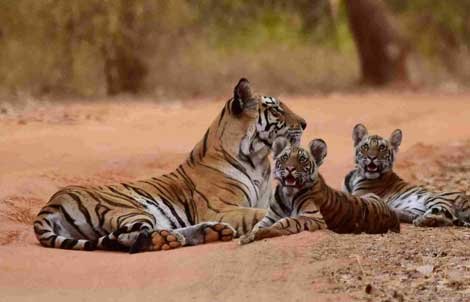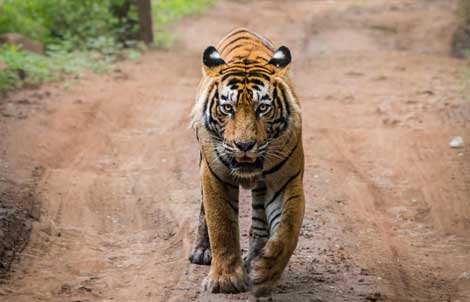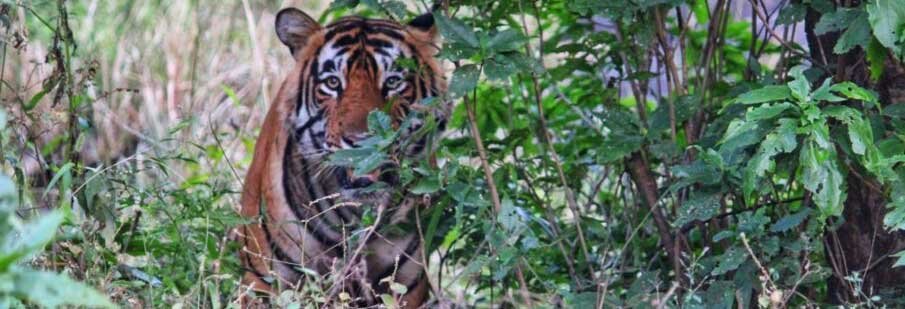Best Time to Visit Sariska National Park
Sariska National Park, nestled in the heart of Maharashtra, India, is a pristine haven for wildlife enthusiasts and nature lovers alike. Home to a diverse array of flora and fauna, including the majestic Bengal tiger, sariska offers an unparalleled safari experience. While the park is open to visitors throughout the year, choosing the best time to visit can greatly enhance your wildlife viewing and overall experience.
Visiting Sariska in Winter Season (November to February)
Winter marks an excellent time to visit sariska National Park. The weather during these months is pleasant, with temperatures ranging from cool to mildly cold.The foliage thins out during winter, making it easier to spot wildlife as they gather around water sources. Animals are also more active during this time, providing ample opportunities for sightings.Moreover, the dry vegetation and sparse foliage make it easier to navigate through the park, enhancing the overall safari experience.Winter also coincides with the peak tourist season, so it's advisable to book accommodations and safaris well in advance.


Visiting Sariska in Summer Season (March to June)
Summer in sariska National Park can be hot and dry, with temperatures soaring during the daytime. However, early mornings and late evenings offer relatively cooler conditions for wildlife sightings.The dry season results in water sources becoming scarce, causing animals to congregate around remaining water bodies, making them easier to spot.Despite the heat, summer is an excellent time for tiger sightings as they are often seen lounging near waterholes or seeking shade under trees.It's essential to carry plenty of water and protective gear such as hats, sunscreen, and lightweight clothing to cope with the heat.

Visiting Sariska Monsoon Season (July to September)
Monsoon brings heavy rainfall to sariska National Park, transforming the landscape into a lush green paradise. The park brims with renewed vitality as streams swell, and vegetation flourishes.While the monsoon rejuvenates the ecosystem, it also poses challenges for visitors. The park remains closed during the peak monsoon months of July and August due to safety concerns and the risk of flooding.Post-monsoon, from September onwards, the park reopens, offering a unique opportunity to witness the park's transformation and the vibrant foliage. However, wildlife sightings may be less frequent during this time as animals disperse into the dense vegetation.
Here are some additional tips for planning your trip to Sariska Tiger Reserve:
- Book your safari in advance, especially if you are visiting during the peak season.
- Wear comfortable clothing and shoes that you can move around in easily.
- Bring sunscreen, insect repellent, and a hat.
- Bring a camera with a zoom lens.
- Be respectful of the wildlife and do not disturb them.